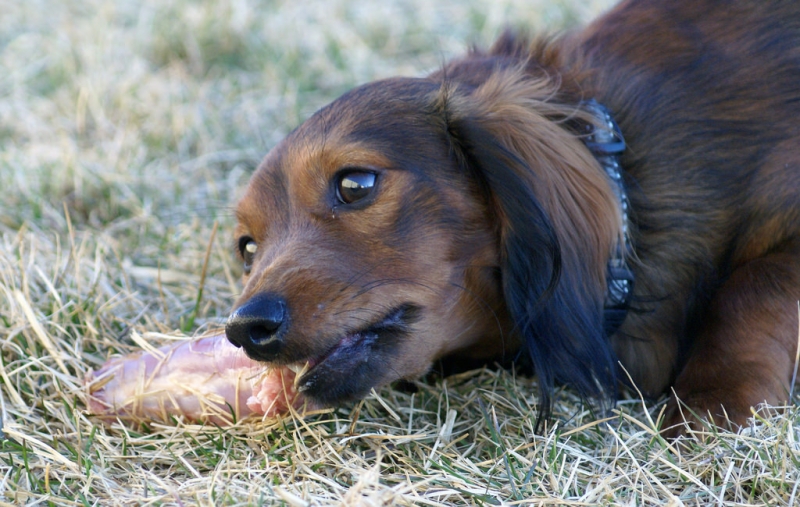Caution with common dog treat
It’s a well-known fact that Australia is a country of dog lovers, but could choosing to give your dog treats prove fatal?
There’s no harm in treating your dog to something different from their standard diet every now and again. After all, who doesn’t like to watch their dog’s eyes light up as you give them something tasty they can gnaw on for hours? However, a popular treat may just be the leading cause of a paralysing condition known to be fatal.
Chicken necks, which were long-considered a healthy and entertaining treat option for small dogs, have been linked to a higher risk of developing Acute Polyradiculonerutis (APN), a condition that causes paralysis. Earlier this year, in a study led by the University of Melbourne, it was found that the risk of developing this condition was 70 times higher if dogs were fed raw chicken than if they weren’t.
The investigation, which was published in the Journal of Veterinary Internal Medicine, discussed the link between campylobacter and the instance of APN. In many cases where APN was the diagnosis, the dog had eaten raw chicken or chicken necks which can often contain campylobacter.
While most dogs can recover from APN, it’s a long, slow and often-distressing process. The condition takes hold by weakening the dog’s hind legs, before spreading to the head, face, front legs, and neck. If the paralysis spreads to the chest area, there’s a higher risk of the dog not recovering at all. If the dog does improve, the process can take up to six months, if not longer.
The paralysing feature of APN stems from the dog’s immune system attacking its own nerve roots. It can gradually get worse over a period of days as the immune system continues to become unregulated. This condition is very similar to that of Guillain-Barre Syndrome – the human version of APN. GBS causes muscle weakness and sufferers can also require ventilation if chest paralysis occurs.
While raw meat diets are a growing trend amongst dog owners, vets are beginning to recommend science and vet-approved diets until further studies can be carried out on the connection APN has to chicken and campylobacter.
If you continue to feed your dog raw chicken, being aware of the symptoms of APN is crucial. Be on the lookout for weakness in the legs, a weaker than usual bark, an inability to stand, and difficulty breathing. If you notice any of these signs, visit your vet immediately.
Your vet will carry out a physical and neurologic exam, complete a blood count and urine test, and will even request a biochemical profile and electrodiagnostic test. Lastly, your vet may also carry out a cerebrospinal ?uid tap to gain a correct diagnosis. If your dog has acute polyradiculonerutis, they may require ongoing physical therapy and a respirator if the condition is severe enough.
If you have any questions about feeding raw chicken to your dogs, speak to one of our staff for advice

